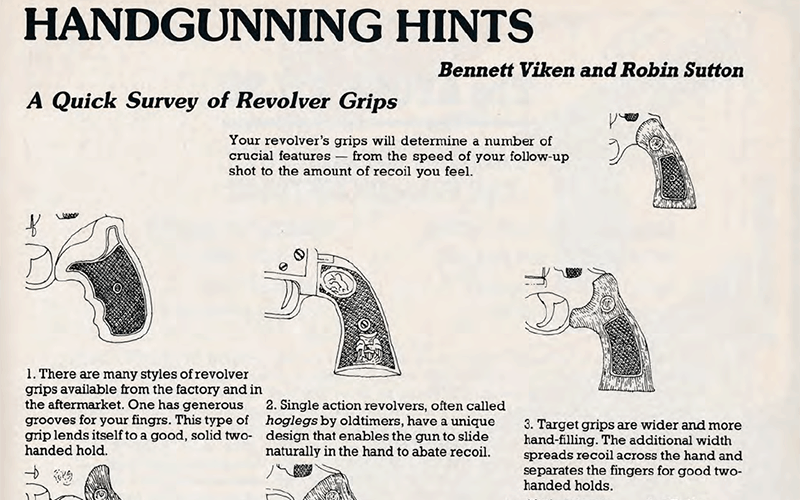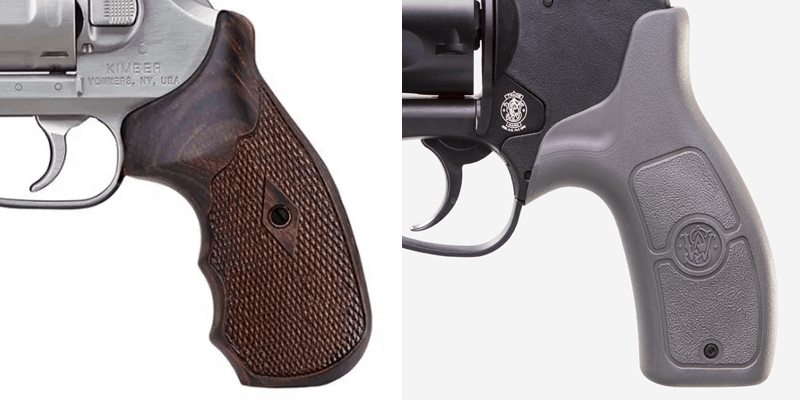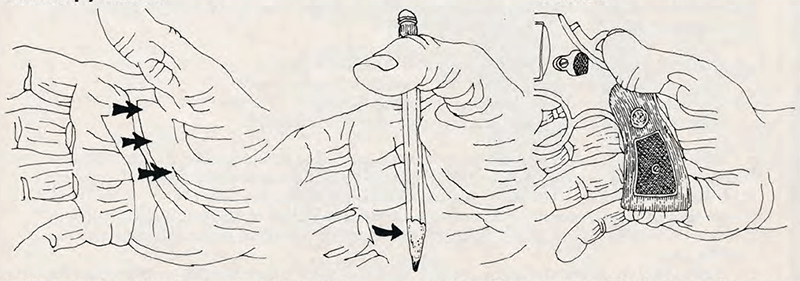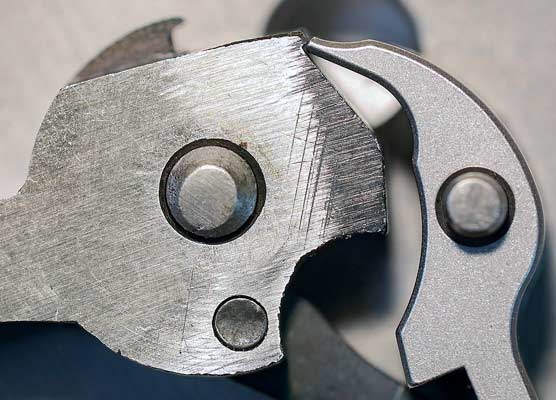A Survey of Revolver Grips
Handgunning Hints from 1989
Revolvers may not be “in-fashion” nowadays, but there are still those who enjoy them for their simplicity, versatility, large-caliber chamberings and nostalgia. If you’re reading this, you likely fall into this category.
Digging through the American Handgunner archive, I stumbled upon the ‘Handgunning Hints’ feature from Bennett Viken and Robin Sutton in the Nov/Dec 1989 issue. Titled “A Quick Survey of Revolver Grips,” the old hand-drawn graphics immediately caught my eye.
While revolver grip design hasn’t changed much since this article was first published, new materials and manufacturing techniques have made grips with different colors, textures and features possible. Now, more than 30 years later, I thought I’d update this classic article with modern, photo examples.
The following text is taken directly from the original article.
Your revolver’s grips will determine a number of crucial features — from the speed of your follow-up shot to the amount of recoil you feel.
(1) There are many styles of revolver grips available from the factory and in the aftermarket. One has generous grooves for your fingers. This type of grip lends itself to a good, solid two-hand hold.
(2) Single action revolvers, often called hoglegs by old-timers, have a unique design that enables the gun to slide naturally in the hand to abate recoil.
(3) Target grips are wider and more hand-filling. The additional width spreads recoil across the hand and separates the fingers for good two-handed holds.
(4) Revolvers designed for concealed carry come with skinny grips allowing you to keep the gun well hidden. But recoil will be harder and more sharply focused.
(5) Fancy grips come in all styles. Although they are primarily intended to enhance the gun’s beauty, many of them are also functionally excellent.
(6) Specialty guns, such as long-range, heavy-caliber ones, are usually supplied with large grips. In antique guns, an undamaged set of grips is welcome.
(7) Whatever the style of your grips, the proper hold is essential. In every hand there is a natural break where the thumb’s adductor pollicis muscles rise from the palm. To find this break, close your hand partially and lay a pencil in the fold. This is where you should place the backstrap of your revolver. The curvature of the backstrap has been designed to follow this natural break.
When you’ve placed the gun in position with the backstrap resting in the fold of your palm, close your fingers around the grips. You’ve taken the first step in developing a consistent reliable hold.
Read the entire American Handgunner Nov/Dec 1989 issue, available for free as a digital PDF/download, as well as other classic issues from 1976-1989.









